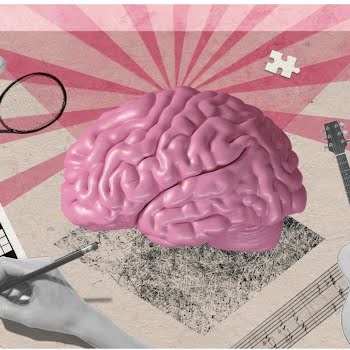
By Jennifer McShane
13th Dec 2015
13th Dec 2015
According to a new study, looking someone straight in the eye and telling them a fib slash lie is far easier than we were previously led to believe. Think you can spot a liar thanks to their averting gaze and shifty, uncomfortable manner? You might want to think again. A team at the University of Michigan report that it is opposing physical traits?and gestures that?gives the game away.
For example, they’discovered people actually make more eye contact when they lie, not less. They also found that those being dishonest share a number of other surprising common tells – slips in behaviour or speech which revealed the person was lying – including that they move their hands a lot, scowl or grimace their whole face, use fillers such as “um,” “uh” and “ah” as well as trying to sound more certain.
Researchers watched hundreds of hours of video footage of lying criminals in high-profile court cases to build unique lie-detecting software to reach this conclusion, and they now maintain they can spot someone who is lying 75% of the time as a result.
The team examined footage from witnesses and defendants in 120 court cases and based their honesty on the outcomes of the trials. These results then formed the basis of?lie-detecting software that examines words and gestures and doesn’t require hooking people up to machines.
“People are poor lie detectors,” explained study leader Dr Rada Mihalcea. “This isn’t the kind of task we’re naturally good at.”
?There are clues that humans give naturally when they are being deceptive, but we’re not paying close enough attention to pick them up. We’re not counting how many times a person says ‘I’ or looks up. We’re focusing on a higher level of communication.”
Dr Mihalcea added that the reasoning behind the research came because?it’s “difficult to motivate study participants to truly lie in a laboratory setting,” whereas her team’s research is based on “real world” dishonesty where there is true motivation to deceive so?therefore, this is more accurate than previous studies.
The team are hoping to make the test more accurate by adding in physiological signs such as heart rate, respiration rate and fluctuations in body temperature, which can be picked up remotely. It makes sense to add these signs in, as for example, people are known to sweat more when they lie, and their breathing rate and heartbeat also goes up, and so on.
Read the study in full here























